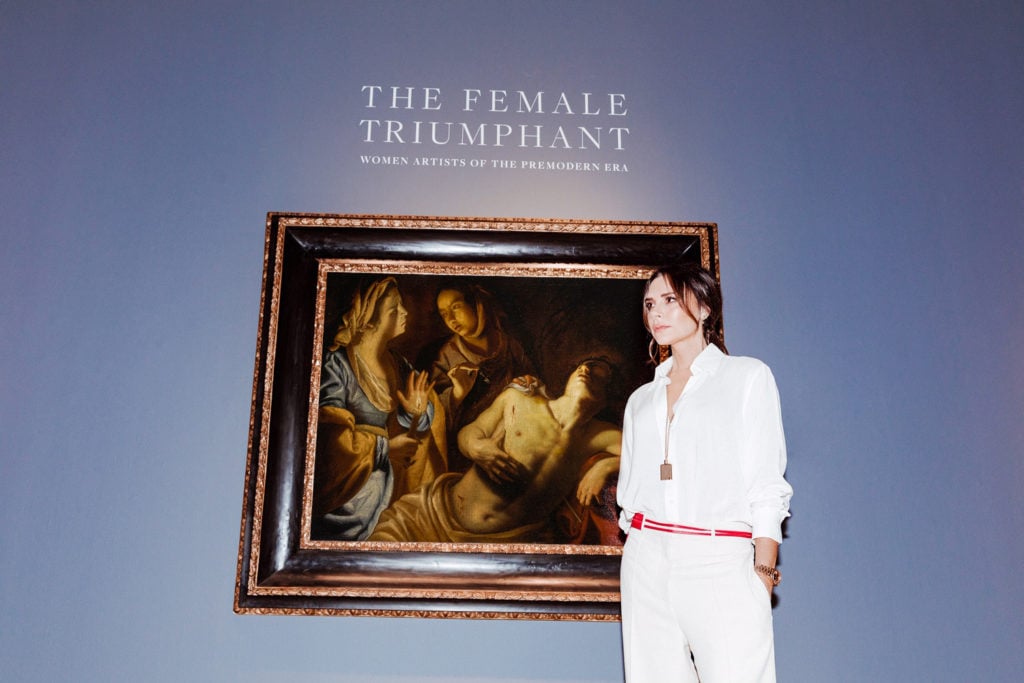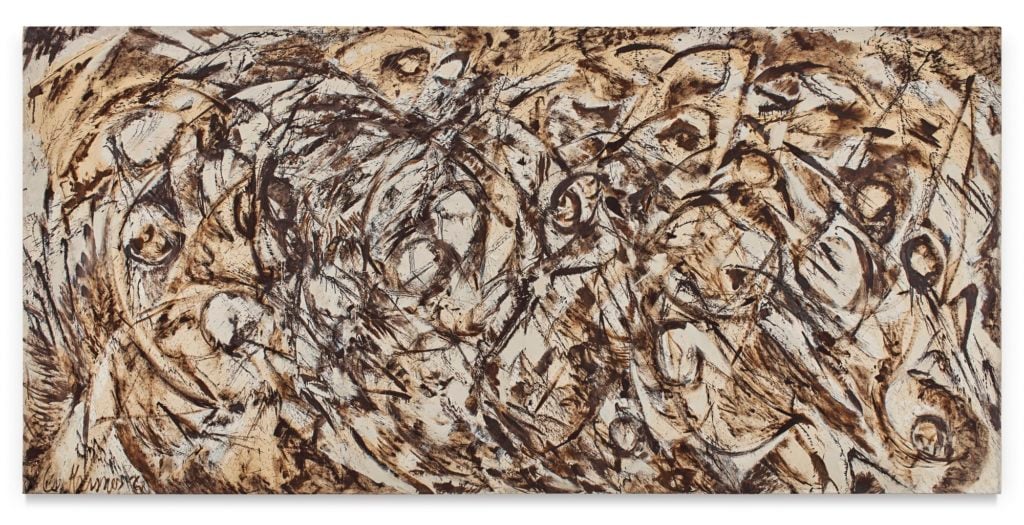Analysis
A New Study Has Simple Advice for Collectors Looking for Big Returns on Art: Invest In Women
Male artists still make up the bulk of the art market, but women are doing better in terms of auction resales.

Male artists still make up the bulk of the art market, but women are doing better in terms of auction resales.

Sarah Cascone

Although the price for women’s artworks at auction still lag far behind those of their male counterparts, there is one segment of the market where women are taking the lead, finds a new study from Sotheby’s Mei Moses. When it comes to works traded on the auction market, women’s prices are rising at a much faster rate than prices for works by men.
The study, published in the latest issue of the online publication In Other Words by Sotheby’s subsidiary Art Agency Partners, considers works sold more than once, comparing the price differential for art by women—in the All Art-Female index—to that of work by men—in the All Art-Male index.
Sotheby’s Mei Moses found that between 2012 and 2018, sales results rose just eight percent for men, while women saw the price for their work go up an astonishing 73 percent. By comparison, the study found that resale markets for men and women had been about the same over the 50 previous years. Contemporary women artists active after 1945 saw the biggest boost, reselling for 87.7 percent more than their male peers. Other female artists outperformed the men by 30.7 percent.
Works by women remain a tiny minority of all the art sold at auction. In 2018, 92 percent of all lots and 95 percent of the total value of art sold at auction was created by men, according to the Art Basel and UBS Global Art Market Report 2019.
Similarly, the number of resold works by men still far outstrips those by women. The Mei Moses study included 2,472 repeat sales by 499 female artists, compared to 55,706 repeat sales by 8,477 male artists, both over the last seven years.
Even the priciest paintings by women, from artists including Yayoi Kusama, Joan Mitchell, and Cecily Brown, failed to crack the list of the 100 most-expensive works of last year. And while Jenny Saville became the most expensive living female artist with the $12.4 million sale of Propped in 2018, her male counterpart, David Hockney, hit the far loftier figure of $90 million with the Portrait of an Artist (Pool With Two Figures).

Georgia O’Keeffe, Jimson Weed/White Flower No. 1 (1932). The painting sold at Sotheby’s New York on November 20, 2014, for $44.4 million, the most ever paid for a work by a woman artist. Courtesy of the Crystal Bridges Museum of American Art, Bentonville, Arkansas.
Be that as it may, the new study suggests that the stock of women artists is rising fast. Why have women been doing so much better on the resale market?
Blue-chip art in general is a scarce resource. With a lot of the supply of works by established names tapped out, art collectors are having to dig deeper into art history to find works to add to their holdings. Increasingly, that pressure is bringing attention to previously unexplored niches, including undervalued women artists, who are also being rediscovered by museums and curators. And because women’s work has been overlooked for so long, there is nowhere for their market to go but up—hence recent new records for previously overlooked Abstract Expressionists Joan Mitchell and Lee Krasner, or Sotheby’s promoting female Old Masters like Artemisia Gentileschi and Elisabeth Louise Vigée Le Brun (with an assist from Victoria Beckham).

Lee Krasner, The Eye Is the First Circle (1960). The painting set a new record for the artist with a $11.7 million sale at auction. Courtesy of Sotheby’s.
“There could be many different reasons for our findings—maybe different cultural factors playing in the way that people are looking at art,” Michael Klein, the head of the Sotheby’s Mei Moses, told the Art Newspaper. “The bottom line is that the demand for female artists is growing.”
Founded by NYU Stern professors Jianping Mei and David Moses in 2000, the Mei Moses Art Indices focuses solely on repeat sales, allowing users to track the price of an artwork over time. The analytic tool was acquired by Sotheby’s in 2016.